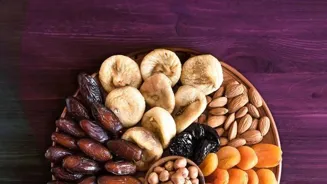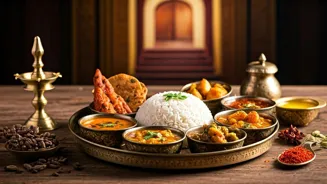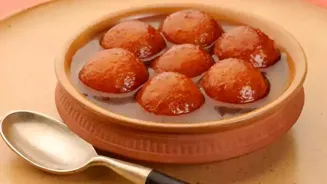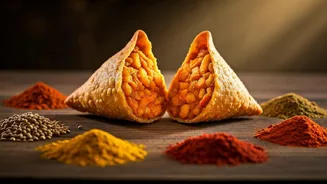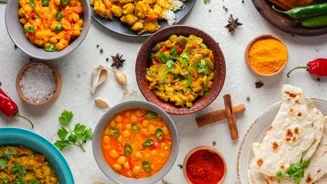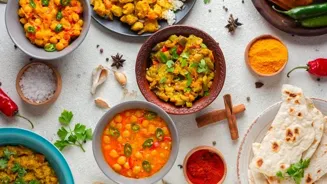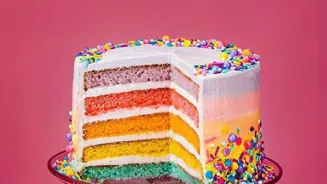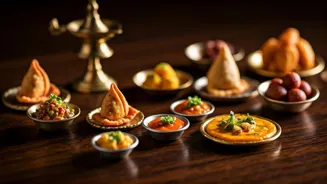Discover the rich history of Indian sweets, from ancient origins to modern delights. Dive into the evolution of flavors and techniques that have shaped India's culinary heritage. Explore the fusion of tradition
and innovation in the tantalizing world of Indian desserts
India, a land of diverse cultures and traditions, is equally famous for its delectable sweets. From the ancient era to the present day, Indian sweets have evolved, incorporating new ingredients and techniques while retaining their traditional essence.
The history of Indian sweets is deeply intertwined with the country's culinary heritage, religious practices, and royal patronage. This article explores the fascinating journey of Indian sweets, from their traditional forms to the modern variants that tantalize taste buds today.
Evolution of Indian sweets from antiquity to Gupta period
The story of Indian sweets begins in antiquity. Ancient texts mention sweets made from jaggery, honey, and various grains. These early sweets were often prepared for religious offerings and celebrations.
The use of milk and milk products, like khoya and ghee, became prominent during the Vedic period. These ingredients formed the base for many traditional sweets that are still popular today.
The Gupta period witnessed further refinement in sweet-making techniques, with the introduction of new ingredients and methods. During this time, sugar production flourished, leading to a wider variety of sugar-based sweets.
These sweets were not merely food items, but also symbols of prosperity and happiness, often gifted during festivals and important occasions. The evolution of Indian sweets reflects the changing landscape of Indian society and the influence of various cultures that interacted with the subcontinent.
Evolution of Indian sweets during Mughal era
As different empires rose and fell, the culinary landscape of India continued to evolve. The Mughal era brought significant changes, with the introduction of rich, decadent sweets influenced by Persian and Central Asian cuisines.
The use of nuts, dried fruits, and aromatic spices like cardamom and saffron became more widespread. Sweets like Gulab Jamun and Shahi Tukda became staples of Mughal celebrations and royal feasts.
The techniques and recipes were carefully guarded secrets, passed down through generations of royal cooks. The Mughal influence can still be seen in many popular Indian sweets today, particularly in the North Indian cuisine.
This period marked a shift towards more elaborate and richer desserts, reflecting the opulence of the Mughal court. It also led to regional variations, with different regions adapting and modifying recipes to suit local tastes and available ingredients.
British colonial impact on Indian sweets led to hybrid creations & commercialization
The British colonial period also had an impact on Indian sweets, although less pronounced than the Mughal influence. While the British brought their own desserts, they also appreciated and adopted some Indian sweets.
The availability of new ingredients, such as condensed milk and baking powder, gradually led to the creation of new hybrid sweets. The British also influenced the presentation and packaging of sweets, with a focus on hygiene and standardization.
This period saw the rise of commercial sweet shops, which catered to both Indian and British customers. Some traditional sweets were adapted to suit the British palate, while new sweets were created with a blend of Indian and Western ingredients.
The colonial period facilitated the exchange of culinary ideas, further enriching the diversity of Indian sweets.
India's evolving sweet industry blends tradition with innovation
Post-independence, India witnessed a resurgence of interest in its traditional culinary heritage. Sweet makers began to rediscover and refine old recipes, while also experimenting with new flavors and techniques.
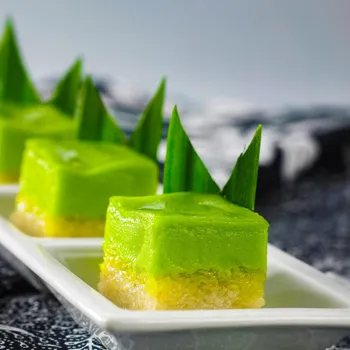
The rise of the middle class and increased disposable income led to a greater demand for high-quality sweets. Modern Indian sweets often incorporate elements of fusion cuisine, blending traditional ingredients with contemporary flavors.
The use of chocolate, fruits, and other unconventional ingredients has become increasingly popular. Modern sweet shops offer a wide range of innovative creations, catering to diverse tastes and preferences.
From traditional mithai to modern desserts, the Indian sweet industry has evolved to meet the changing demands of consumers. The emphasis on quality, hygiene, and presentation has further enhanced the appeal of Indian sweets both domestically and internationally.
Indian sweets globalized via diaspora, social media, fusion desserts
Today, Indian sweets are enjoyed around the world, thanks to the Indian diaspora and the growing popularity of Indian cuisine. Many sweet shops and restaurants in foreign countries offer a wide range of Indian sweets, often adapted to suit local tastes.
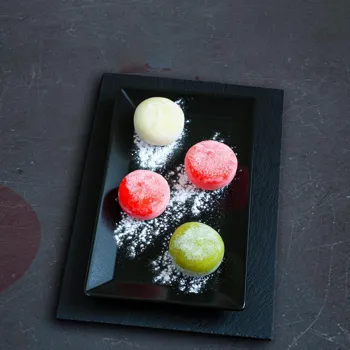
The internet and social media have also played a crucial role in promoting Indian sweets to a global audience. With online recipes and tutorials, people from different cultures can now learn to make Indian sweets at home.
The globalization of Indian sweets has led to further innovation and experimentation, with chefs creating new fusion desserts that blend Indian and Western flavors.
This has helped to introduce Indian cuisine to a wider audience and has also contributed to the preservation and promotion of India's rich culinary heritage.
The evolution of Indian sweets reflects rich culinary heritage
From the simplistic sweets of ancient India to the complex and innovative creations of today, the journey of Indian sweets is a testament to the country's rich culinary heritage.
The use of milk, sugar, nuts, and spices has evolved over centuries, resulting in a diverse array of flavors and textures. From religious offerings to royal feasts, Indian sweets have played an important role in the country's culture and traditions.
As Indian sweets continue to evolve, they retain their traditional essence while embracing modern influences. The next time you indulge in a Gulab Jamun or a Barfi, remember that you are tasting a piece of India's rich history and vibrant culture.
The story of Indian sweets is a reminder of the country's diverse culinary traditions and the enduring appeal of its delicious desserts.
AI Generated Content. Glance/InMobi shall have no liability for the content